Surface
The surface is the outermost layer of an object or material. It is the boundary between the object and its surrounding environment. The surface can be solid, liquid, or gas, depending on the state of the material.
Properties of Surfaces
Surfaces have several important properties:
- Texture: Surfaces can have different textures, such as rough, smooth, bumpy, or uneven.
- Area: The surface area is the measure of the total area of the outer part of an object. It is measured in square units, such as square meters or square centimeters.
- Reflectivity: Surfaces can reflect light, sound, or heat, depending on their material and texture.
- Permeability: Some surfaces allow substances to pass through them, while others act as barriers.
Types of Surfaces
Surfaces can be classified based on their properties and characteristics:
- Solid Surfaces: The outer layer of solid objects, such as the surface of a table, a rock, or a piece of paper.
- Liquid Surfaces: The upper boundary of a liquid, which can be flat or curved, and is influenced by surface tension.
- Gas Surfaces: The boundary between a gas and its surroundings, such as the surface of the Earth's atmosphere.
Importance of Surfaces
Surfaces play a crucial role in everyday life and scientific fields:
- They determine the interactions between objects and their environment.
- They affect the way materials behave and respond to forces.
- They are essential for processes such as adhesion, friction, and absorption.
- They influence the transmission and reflection of light, sound, and heat.
Study Guide
To study the concept of surfaces, consider the following key points:
- Define the term "surface" and explain its significance in different contexts.
- Identify and describe the properties of surfaces, including texture, area, reflectivity, and permeability.
- Classify surfaces based on their state of matter (solid, liquid, gas) and discuss their unique characteristics.
- Explore real-life examples of surfaces and their role in various natural and man-made systems.
- Conduct experiments or observations to investigate how different surfaces interact with light, sound, and other substances.
Understanding the concept of surfaces is essential for comprehending the behavior of materials and the interactions that occur in the natural world. By exploring the properties and functions of surfaces, you can gain insights into the physical and chemical processes that shape our environment.
[Surface] Related Worksheets and Study Guides:
.◂Science Worksheets and Study Guides Fifth Grade. The 6-Kingdoms of life
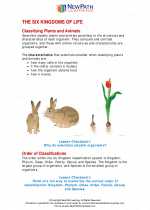
 Activity Lesson
Activity Lesson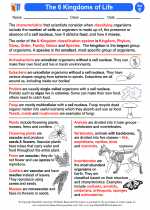
 Worksheet/Answer key
Worksheet/Answer key
 Worksheet/Answer key
Worksheet/Answer key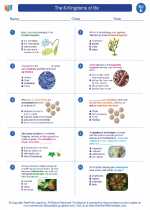
 Worksheet/Answer key
Worksheet/Answer key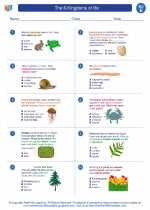
 Worksheet/Answer key
Worksheet/Answer key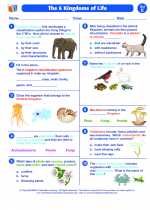
 Vocabulary/Answer key
Vocabulary/Answer key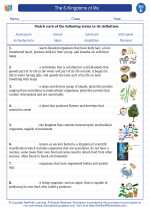
 Vocabulary/Answer key
Vocabulary/Answer key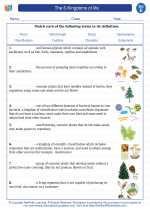
 Vocabulary/Answer key
Vocabulary/Answer key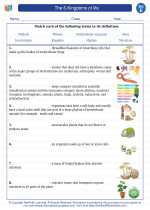
 Vocabulary/Answer key
Vocabulary/Answer key
